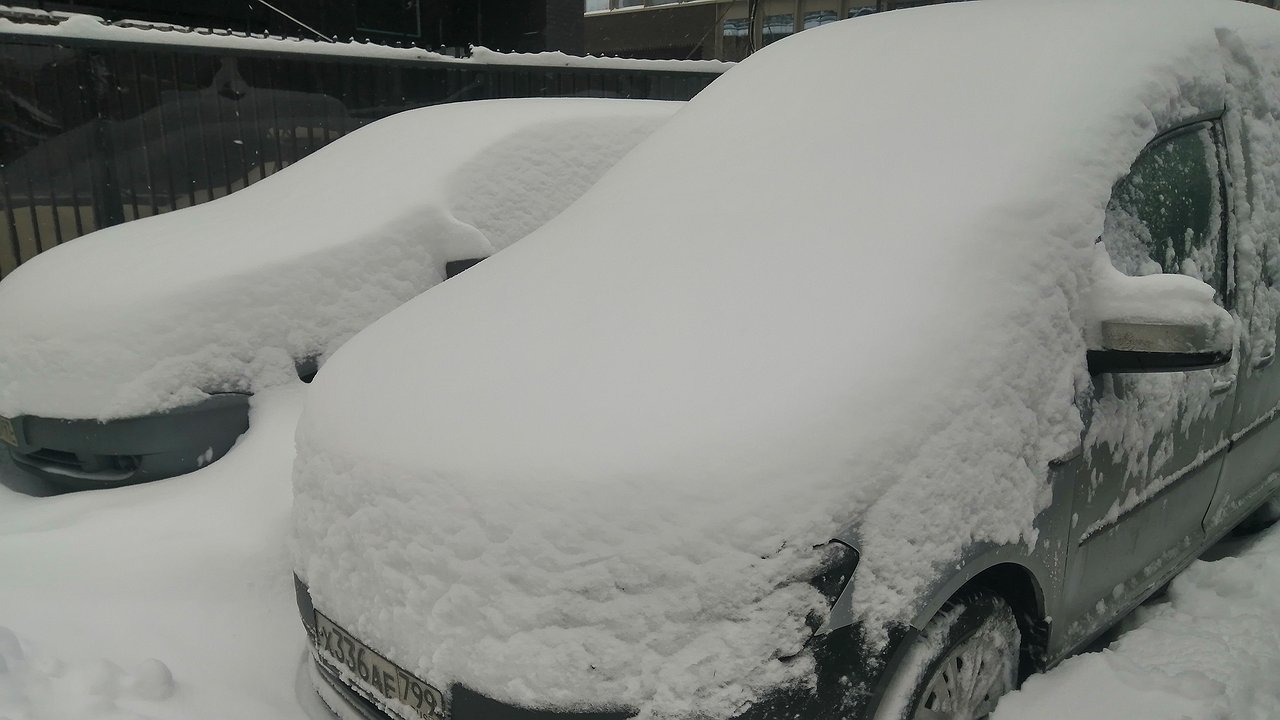Temperature changes also contribute to the accelerated aging of all types of rubber equipment. Various seals, oil seals and hoses in particular are affected. This can be especially noticeable on older machines. Because all these essential little things have already lost quite a bit of their original elasticity during their long lifespan. And then, after the thaw, there was a strong and sharp cold wave. Well, how can you not get into trouble here?!
It is during the bitter cold, which has replaced the ghostly warming of winter, that oil from the engine often begins to flow through the gaskets and seals. Or, for example, a cooling system hose ruptures, causing the entire engine compartment to flood with antifreeze.
As a rule, car electricians are also “not happy” with temperature fluctuations. First of all, they every time check the elasticity and resistance to tearing of the insulation of all kinds of wires for suitability. Well, the ubiquitous sweating is there. No electricity benefits from contact with moisture. Therefore, do not be surprised by sudden “malfunctions” of certain electronics or electrical systems in the car after a sharp warm-up or cold.
Please note that it is impossible to protect your car from all the negative consequences of temperature changes in winter. Therefore, at such moments you should pay more attention to the “health” of the car and immediately respond to the slightest symptoms of possible defects. It’s better to be on the safe side than end up with serious repairs later.














